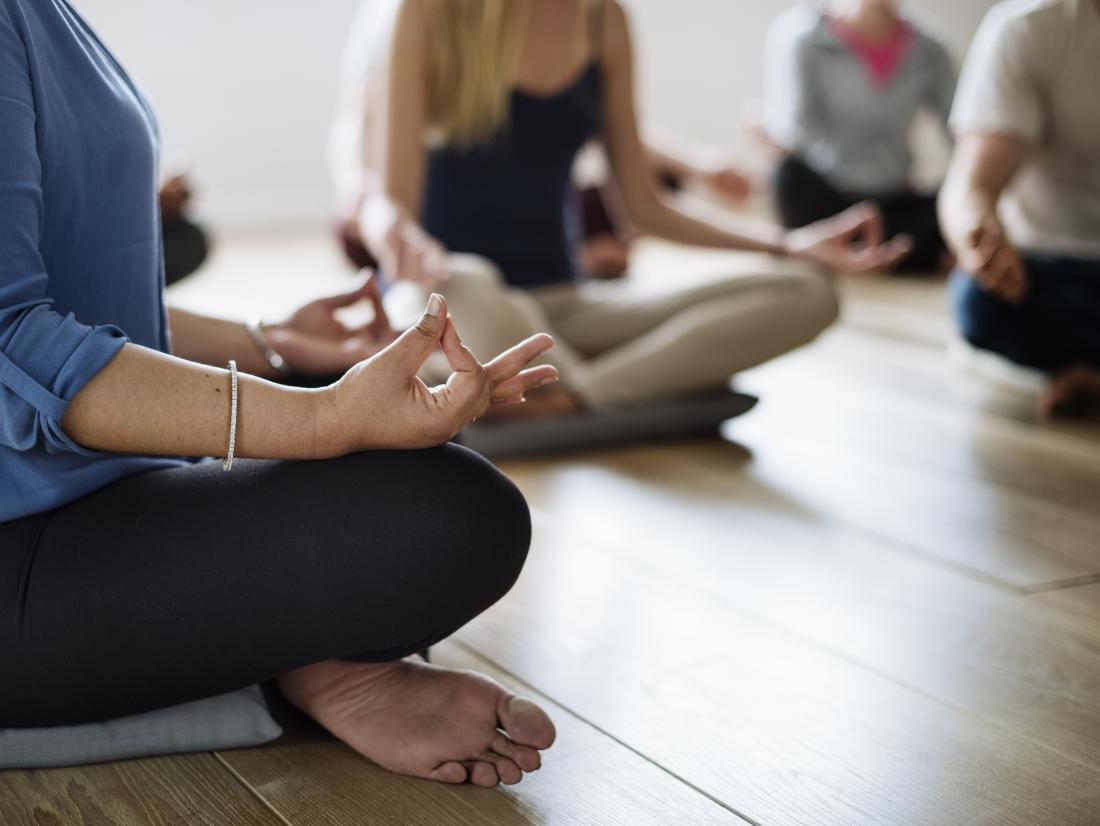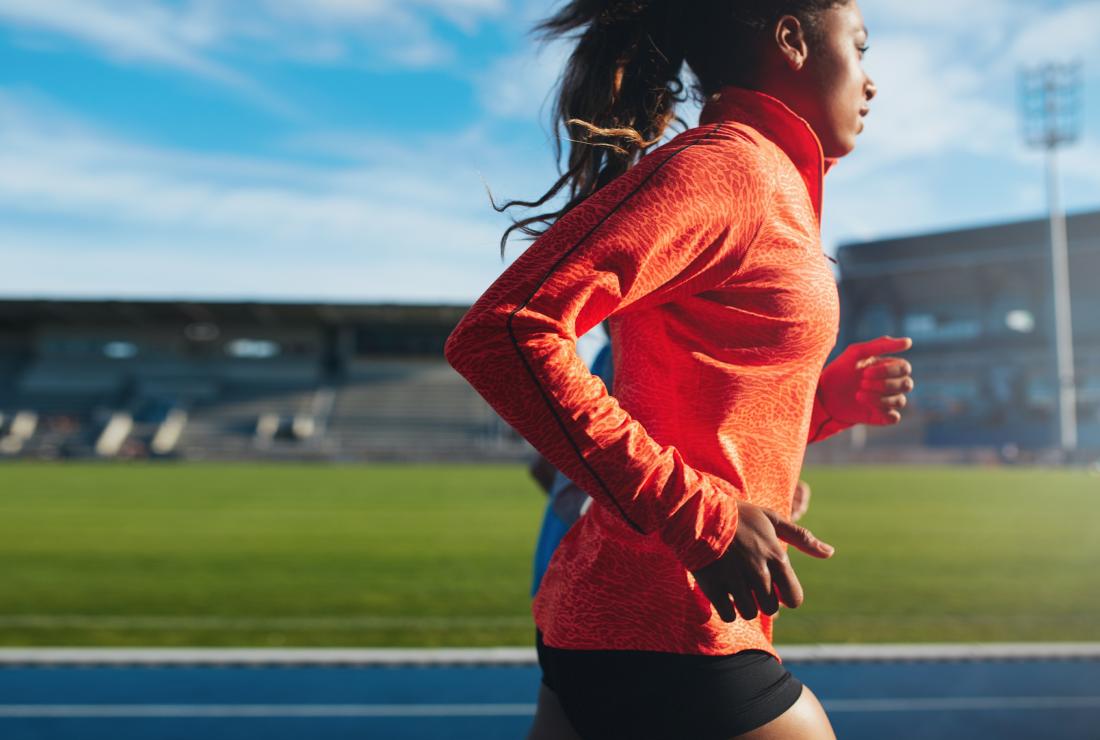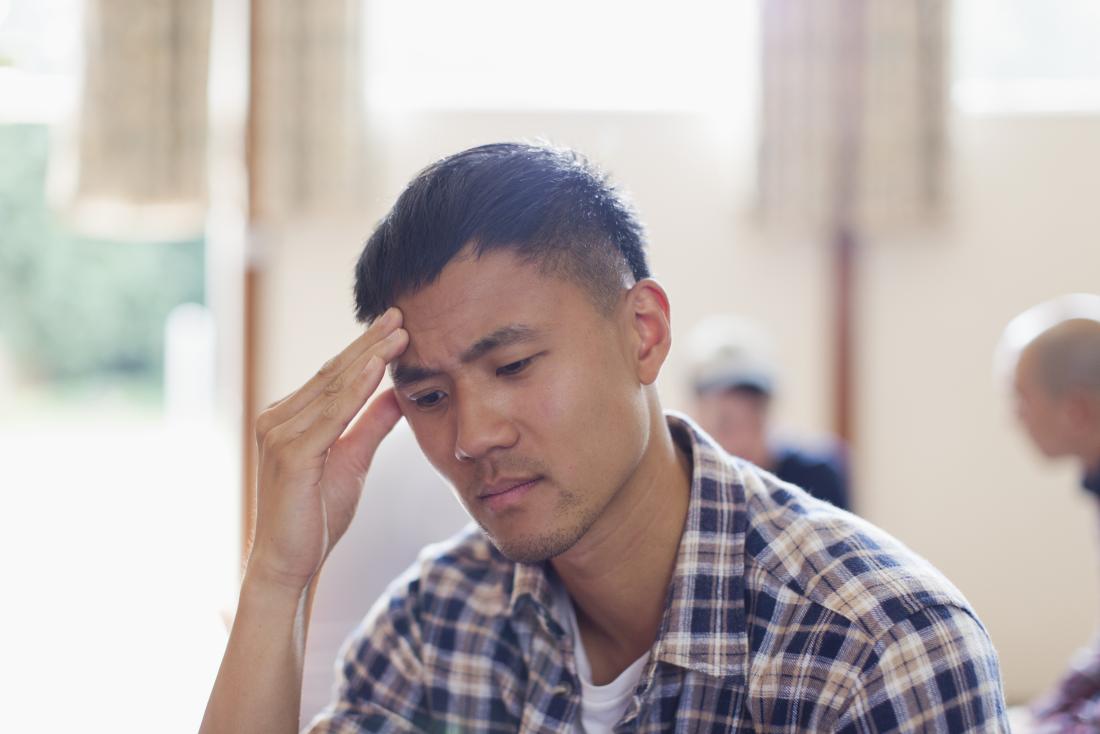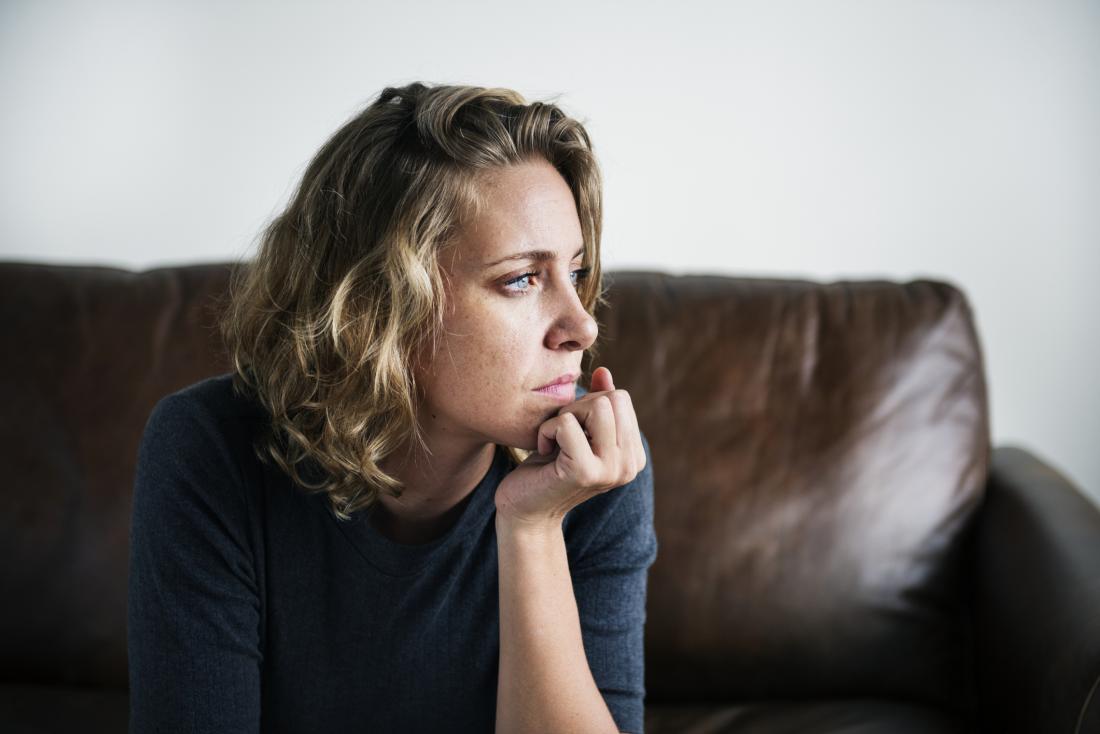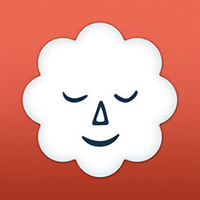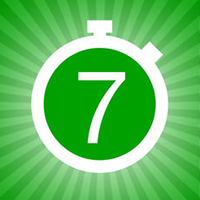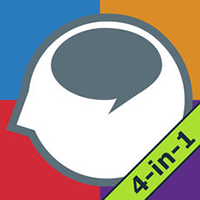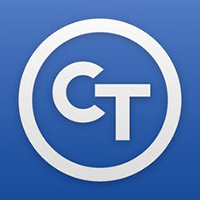On March 5, the Food and Drug Administration (FDA) approved the first truly new medication for major depression in decades. The drug is a nasal spray called esketamine, derived from ketamine—an anesthetic that has made waves for its surprising antidepressant effect.
Because treatment with esketamine might be so helpful to patients with treatment-resistant depression (meaning standard treatments had not helped them), the FDA expedited the approval process to make it more quickly available. In one study, 70 percent of patients with treatment-resistant depression who were started on an oral antidepressant and intranasal esketamine improved, compared to just over half in the group that did not receive the medication (called the placebo group).
“This is a game changer,” says John Krystal, MD, chief psychiatrist at Yale Medicine and one of the pioneers of ketamine research in the country. The drug works differently than those used previously, he notes, calling ketamine “the anti-medication” medication. “With most medications, like valium, the anti-anxiety effect you get only lasts when it is in your system. When the valium goes away, you can get rebound anxiety. When you take ketamine, it triggers reactions in your cortex that enable brain connections to regrow. It’s the reaction to ketamine, not the presence of ketamine in the body that constitutes its effects,” he says.
And this is exactly what makes ketamine unique as an antidepressant, says Dr. Krystal.
However, as the nasal spray becomes available via prescription, patients have questions: How does it work? Is it safe? And who should get it? Read on for answers.
How do antidepressants work?
Research into ketamine as an antidepressant began in the 1990s with Dr. Krystal and his colleagues Dennis Charney, MD, and Ronald Duman, PhD, at the Yale School of Medicine. At the time (as is still mostly true today) depression was considered a “black box” disease, meaning that little was known about its cause.
One popular theory was the serotonin hypothesis, which asserted that people with depression had low levels of a neurotransmitter called serotonin. This hypothesis came about by accident—certain drugs given to treat other diseases like high blood pressure and tuberculosis seemed to drastically affect people’s moods. Those that lowered serotonin levels caused depression-like symptoms; others that raised serotonin levels created euphoric-like feelings in depressed patients. This discovery ushered in a new class of drugs meant to treat depression, known as selective serotonin reuptake inhibitors (SSRIs). The first one developed for the mass market was Prozac.
But eventually it became clear that the serotonin hypothesis didn’t fully explain depression. Not only were SSRIs of limited help to more than one-third of people given them for depression, but growing research showed that the neurotransmitters these drugs target (like serotonin) account for less than 20 percent of the neurotransmitters in a person’s brain. The other 80 percent are neurotransmitters called GABA and glutamate.
GABA and glutamate were known to play a role in seizure disorders and schizophrenia. Together, the two neurotransmitters form a complex push-and-pull response, sparking and stopping electrical activity in the brain. Researchers believe they may be responsible for regulating the majority of brain activity, including mood.
What’s more, intense stress can alter glutamate signaling in the brain and have effects on the neurons that make them less adaptable and less able to communicate with other neurons.
This means stress and depression themselves make it harder to deal with negative events, a cycle that can make matters even worse for people struggling with difficult life events.
Ketamine—from anesthetic to depression “miracle drug”
Interestingly, studies from Yale research labs showed that the drug ketamine, which was widely used as anesthesia during surgeries, triggers glutamate production, which, in a complex, cascading series of events, prompts the brain to form new neural connections. This makes the brain more adaptable and able to create new pathways, and gives patients the opportunity to develop more positive thoughts and behaviors. This was an effect that had not been seen before, even with traditional antidepressants.
“I think the interesting and exciting part of this discovery is that it came largely out of basic neuroscience research, instead of by chance,” says Gerard Sanacora, MD, PhD, a psychiatrist at Yale Medicine who was also involved in many of the ketamine studies. “It wasn’t just, ‘let’s try this drug and see what happens.’ There was increasing evidence suggesting that there was some abnormality within the glutamatergic system in the brains of people suffering from depression, and this prompted the idea of using a drug that targets this system.”
For the last two decades, researchers at Yale have led ketamine research by experimenting with using subanesthetic doses of ketamine delivered intravenously in controlled clinic settings for patients with severe depression who have not improved with standard antidepressant treatments. The results have been dramatic: In several studies, more than half of participants show a significant decrease in depression symptoms after just 24 hours. These are patients who felt no meaningful improvement on other antidepressant medications.
Most important for people to know, however, is that ketamine needs to be part of a more comprehensive treatment plan for depression. “Patients will call me up and say they don’t want any other medication or psychotherapy, they just want ketamine, and I have to explain to them that it is very unlikely that a single dose, or even several doses of ketamine alone, will cure their depression,” says Dr. Sanacora. Instead, he explains, “I tell them it may provide rapid benefits that can be sustained with comprehensive treatment plans that could include ongoing treatments with ketamine. Additionally, it appears to help facilitate the creation new neural pathways that can help them develop resiliency and protect against the return of the depression.”
This is why Dr. Sanacora believes that ketamine may be most effective when combined with cognitive behavioral therapy (CBT). CBT is a type of psychotherapy that helps patients learn more productive attitudes and behaviors. Ongoing research, including clinical trials, addressing this idea are currently underway here at Yale.
A more patient-friendly version
The FDA-approved drug esketamine is one version of the ketamine molecule, and makes up half of what is found in the commonly used anesthetic form of the drug. It works similarly, but its chemical makeup allows it to bind more tightly to the NMDA glutamate receptors, making it two to five times more potent. This means that patients need a lower dose of esketamine than they do ketamine. The nasal spray allows the drug to be taken more easily in an outpatient treatment setting (under the supervision of a doctor), making it more accessible for patients than the IV treatments currently required to deliver ketamine.
But like any new drug, this one comes with its cautions. Side effects, including dizziness, a rise in blood pressure, and feelings of detachment or disconnection from reality may arise. In addition, the research is still relatively new. Studies have only followed patients for one year, which means doctors don’t yet know how it might affect patients over longer periods of time. Others worry that since ketamine is sometimes abused (as a club drug called Special K), there may be a downside to making it more readily available—it might increase the likelihood that it will end up in the wrong hands.
Also, esketamine is only part of the treatment for a person with depression. To date, it has only been shown to be effective when taken in combination with an oral antidepressant. For these reasons, esketamine is not considered a first-line treatment option for depression. It’s only prescribed for people with moderate to severe major depressive disorder who haven’t been helped by at least two other depression medications.
In the end, though, the FDA approval of esketamine gives doctors another valuable tool in their arsenal against depression—and offers new hope for patients no one had been able to help before.
To learn more, visit yalemedicine.org.

